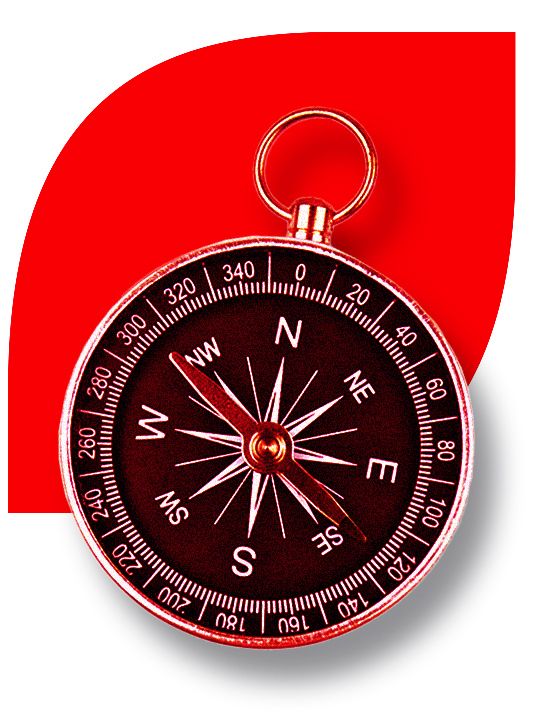The identity and long-term vision of a company: how do you summarize them? In the world of communication, the vision and mission come into play. Moreover, the vision and mission are the building blocks of the business strategy. Together, they influence how the organization is perceived from the outside. In this blog post, we will delve deeper into both the vision and mission. How do you create a good vision and mission, and why do we do it? Furthermore, we will explore how to ensure that both are both inspiring and guiding.
Importance
Both the vision and mission are intended to provide direction to the organization. You can think of them as a compass that each employee carries with them in their daily work. All business activities should, therefore, be related to the vision and mission. This way, employees can better understand what is happening around them and why certain decisions are being made. By following the compass as a team, individuals are connected and encouraged to behave positively. Behavior that aims to contribute daily to realizing the vision and mission.





